
 Data Structure
Data Structure Networking
Networking RDBMS
RDBMS Operating System
Operating System Java
Java MS Excel
MS Excel iOS
iOS HTML
HTML CSS
CSS Android
Android Python
Python C Programming
C Programming C++
C++ C#
C# MongoDB
MongoDB MySQL
MySQL Javascript
Javascript PHP
PHP
- Selected Reading
- UPSC IAS Exams Notes
- Developer's Best Practices
- Questions and Answers
- Effective Resume Writing
- HR Interview Questions
- Computer Glossary
- Who is Who
Reflection and Symmetry
Introduction
In your daily life, you may have heard the word "symmetrical" frequently. Any object is considered symmetrical if it can be split in half so that one half becomes the mirror image of the other half. While an object is considered asymmetrical, if neither of its parts is a mirror image of the other. There are symmetrical objects all around us, in nature, architecture, art, etc. We are already aware of the many symmetry types. Nature provides us with several examples of the relationship between reflection and symmetry, including the reflection of mountains and trees in adjacent bodies of water and the glimmering of dew drops on leaves in sunlight. Hundreds of years ago, this idea was also employed to decorate forts and palaces. In this tutorial, we will discuss reflection and symmetry.
What is Reflection
A reflection is referred to as a flip in geometry or the Reflection of light refers to the act of light rays hitting a surface and reflecting. A reflection is the shape's mirror image. A line, called the line of reflection, will allow an image to reflect through it. Every point in a figure is said to reflect the other figure when they are all equally spaced apart from one another. The reflected picture should have the same size and shape as the original, but it faces the opposite way. Because of shifts in the position, translation can also happen in reflection.
What are the Laws of Reflection
According to the law of reflection, the angle of the reflected ray, when reflecting from a smooth surface, is equal to the angle of the incident ray, about the surface normal, which is a line perpendicular to the surface at the point of contact.
At the point of contact of the incident ray, the reflected ray is always in the plane defined by the incident ray and the normal to the surface.
What is symmetry
A definition of symmetry in mathematics states that whether one shape is moved, rotated, or flipped, it exactly resembles the other shape. The first figure given below is an example of symmetric and the other one is an example of asymmetric.
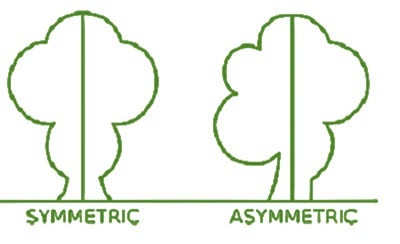
What are lines of symmetry?
The term "line of symmetry" refers to the imaginary axis or line that you fold a figure along to create its symmetrical halves. In essence, it splits one thing into two mirror images. The symmetry line may run vertically, horizontally, or diagonally. There could be one or many symmetry lines.
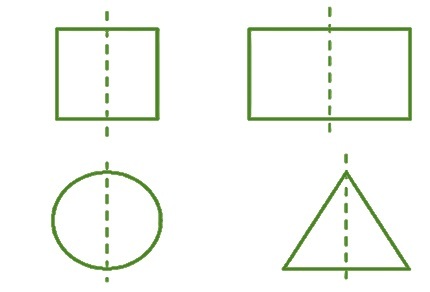
Lines of symmetry of some common shapes
There are various varieties of symmetry, including those with no lines of symmetry, infinite lines of symmetry, and specific 1 and 2-line symmetry. Numerous shapes are asymmetrical and impossible to divide into equal halves. These forms are known as asymmetrical forms. Line symmetry cannot be used in such situations. Let's see examples of shapes that have different kinds of symmetry here.
The symmetry of 1 Line.
The figure has only one symmetrical axis. It could be vertical or horizontal. The axis that passes through Y is the only axis of symmetry for the word ATOYOTA.
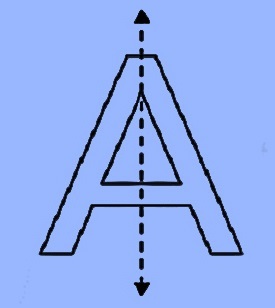
The symmetry of 2 Lines
The figure has only two lines of symmetry. As seen in the letter X, the lines might be both vertical and horizontal. As a result, we can observe two lines symmetrical here.
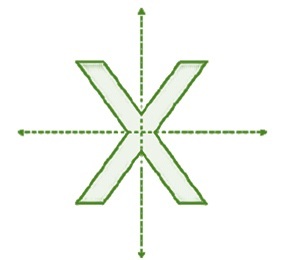
The symmetry of 3 Lines
An equilateral triangle is an illustration of three lines of symmetry. Here, the mirror line splits the triangle into two identical right triangles by running from the vertex to the opposing side.
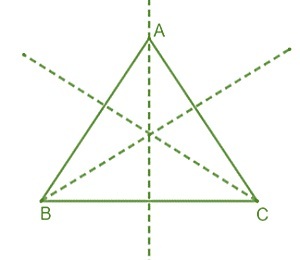
The symmetry of 4 Lines
A square with equal sides can be shown to have four lines of symmetry.
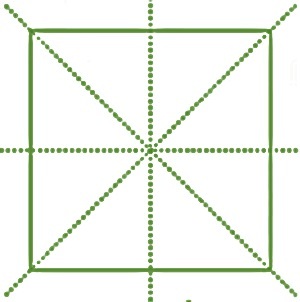
The symmetry of infinite Lines
Some figures have an infinite line of symmetry through the centre instead of one or two, and the figure is still symmetrical. Example: Circle
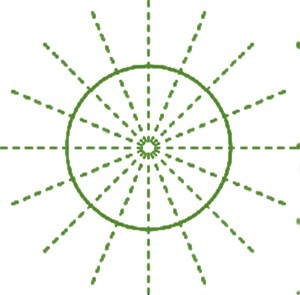
Lines of symmetries of Alphabets
The letters A, H, I, M, O, T, U, V, W, X, and Y all contain vertical lines of symmetry.
The letters B, C, D, E, H, I, K, O, and X exhibit horizontal lines of symmetry.
The letters F, G, J, L, N, P, Q, R, S, and Z don't have any lines of symmetry.
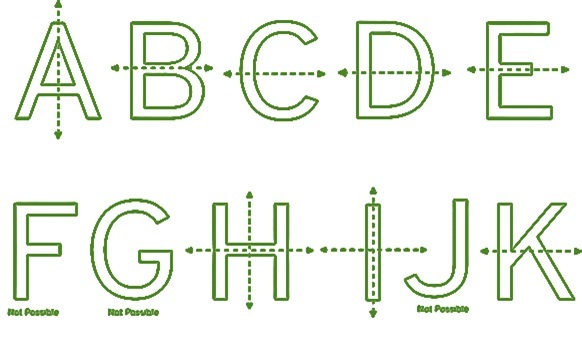
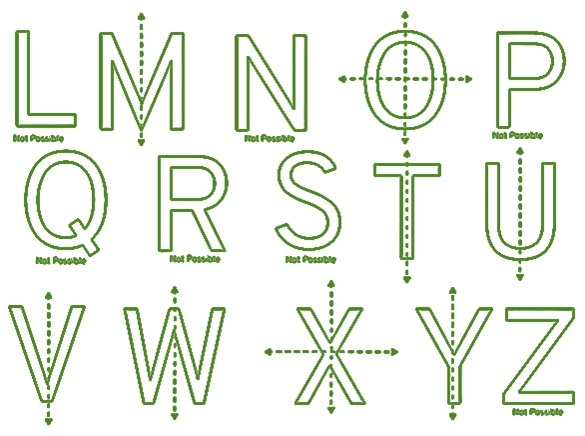
Solved Examples
Example 1: Which of the following letters in the English alphabet has a reflection for the horizontal mirror?
H
V
M
A
Solution: The answer is H because when we fold the H letter with the help of a horizontal line, it is symmetric.
2. Think about the letters from A to Z in the English alphabet. List the letters that have
vertical lines of symmetry among them (like A)
horizontal symmetry lines (like B)
no symmetry lines (like Q)
Solution: (a) A, H, I, M, O, T, U, V, W, X, and Y are the letters of the English alphabet with vertical lines of symmetry.
(b) The English alphabet's B, C, D, E, H, I, K, O, and X letters all have horizontal lines of symmetry.
(c) The English alphabet's F, G, J, L, N, P, Q, R, S, and Z letters are the only ones that have no lines of symmetry.
Conclusion
Reflection symmetry is a type of symmetry associated with reflection. Line symmetry and mirror symmetry are other names for reflection symmetry. If a figure has at least one line dividing it into two halves, one half is said to be the mirror image of the other half.
FAQs
1. What do you mean by reflection?
A reflection is referred to as a flip in geometry or the Reflection of light refers to the act of light rays hitting a surface and reflecting.
2. What do you mean by symmetry?
A definition of symmetry in mathematics states that whether one shape is moved, rotated, or flipped, it exactly resembles the other shape. A shape splits into two identical parts, when it is divided from the centre.
3. What are lines of symmetry?
The term "line of symmetry" refers to the imaginary axis or line that you fold a figure along to create its symmetrical halves. In essence, it splits one thing into two mirror images.
4. What is the role of symmetry in Daily Life?
Symmetry can be seen everywhere. When an object or shape is divided down the middle and has two identical parts, it is said to be symmetrical.
5. Does a square have symmetry in its reflections?
Yes, a square has a reflection symmetry with four lines of reflection, two of which pass through the opposing vertices and two of which cross the side midpoints.

